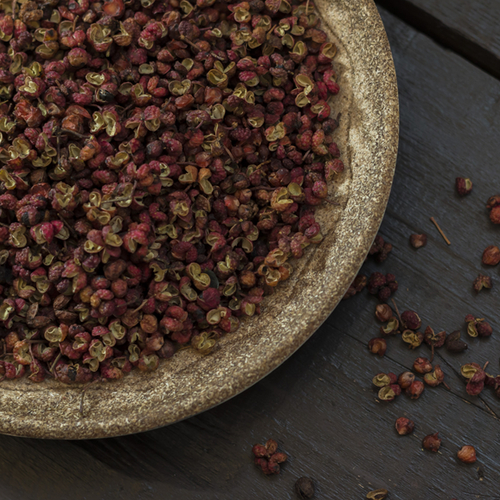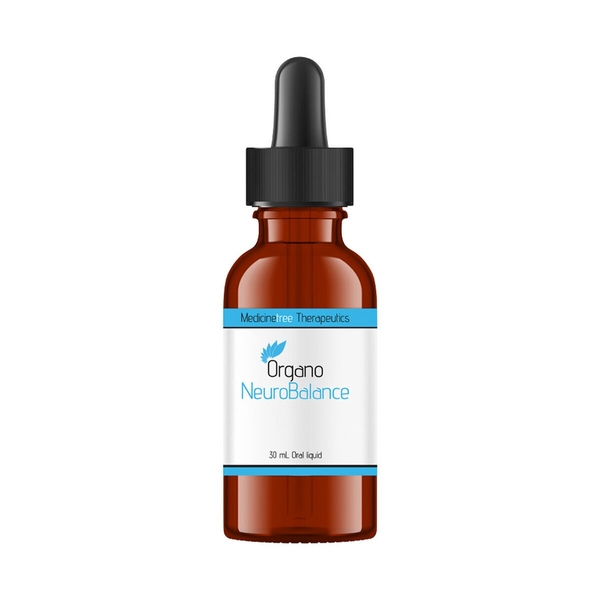Monographs licensed from Therapeutic Research Center, LLC
Scientific names: Zanthoxylum americanum
Alternate names: Angelica Tree, Clavalier, Clavalier d'Amérique, Clavalier à Feuilles de Frêne, Clavalier Frêne, Frêne Épineux, Frêne Épineux du Nord, Fresno Espinoso Americano, Pepper Wood, Prickly Ash, Toothache Bark, Xanthoxylum, Yellow Wood, Zanthoxylum
Scientific names: Zanthoxylum americanum
Alternate names: Angelica Tree, Clavalier, Clavalier d'Amérique, Clavalier à Feuilles de Frêne, Clavalier Frêne, Frêne Épineux, Frêne Épineux du Nord, Fresno Espinoso Americano, Pepper Wood, Prickly Ash, Toothache Bark, Xanthoxylum, Yellow Wood, Zanthoxylum
Northern prickly ash (Zanthoxylum Americanum) is a woody shrub native to North America. Native American healers used its bark and berries as medicine.
Northern prickly ash contains chemicals that might have antifungal effects.
People use northern prickly ash for infections, sore throat, toothaches, wounds, and other conditions, but there is no good scientific evidence to support these uses.
Don't confuse northern prickly ash with ash, Chinese prickly ash, or Hercules club. These are not the same.
When taken by mouth: There isn't enough reliable information to know if northern prickly ash is safe or what the side effects might be.
Special Precautions & Warnings:
Pregnancy: Northern prickly ash bark is possibly unsafe when taken by mouth during pregnancy. There isn't enough reliable information to know if northern prickly ash berry or root is safe. Stay on the safe side and avoid use.
Breast-feeding: There isn't enough reliable information to know if northern prickly ash is safe to use when breast-feeding. Stay on the safe side and avoid use.
Stomach or intestinal problems: Northern prickly ash might increase stomach acid. This can make stomach and intestinal problems worse. Don't use northern prickly ash if you have an ulcer or other gastrointestinal condition.
There is interest in using northern prickly ash for a number of purposes, but there isn't enough reliable information to say whether it might be helpful.
There isn't enough reliable information to know what an appropriate dose of northern prickly ash might be. Traditionally, northern prickly ash dried bark and a decoction made from the dried back have been taken by mouth in adults. Keep in mind that natural products are not always necessarily safe and dosages can be important. Be sure to follow relevant directions on product labels and consult a healthcare professional before using.
Interactions with pharmaceuticals
Antacids
Interaction Rating=Minor Be watchful with this combination.
Antacids are used to decrease stomach acid. Northern prickly ash can increase stomach acid. Taking northern prickly ash might decrease the effects of antacids.
Medications that decrease stomach acid (H2-blockers)
Interaction Rating=Minor Be watchful with this combination.
H2-blockers are used to decrease stomach acid. Northern prickly ash can increase stomach acid. Taking northern prickly ash might decrease the effects of H2-blockers.
Some common H2-blockers include cimetidine (Tagamet), ranitidine (Zantac), and famotidine (Pepcid).
Medications that decrease stomach acid (Proton pump inhibitors)
Interaction Rating=Minor Be watchful with this combination.
Proton pump inhibitors are used to decrease stomach acid. Northern prickly ash can increase stomach acid. Taking northern prickly ash might decrease the effects of proton pump inhibitors.
Some common proton pump inhibitors include omeprazole (Prilosec), lansoprazole (Prevacid), rabeprazole (Aciphex), pantoprazole (Protonix), and esomeprazole (Nexium).
Interactions with herbs & supplements
There are no known interactions with herbs and supplements.
There are no known interactions with foods.
vital.ly has licensed monographs from TRC Healthcare.
This monograph was last reviewed on 04/07/2024 10:00:00 and last updated on 21/11/2022 08:36:01. Monographs are reviewed and/or updated multiple times per month and at least once per year.
Natural Medicines disclaims any responsibility related to medical consequences of using any medical product. Effort is made to ensure that the information contained in this monograph is accurate at the time it was published. Consumers and medical professionals who consult this monograph are cautioned that any medical or product related decision is the sole responsibility of the consumer and/or the health care professional. A legal License Agreement sets limitations on downloading, storing, or printing content from this Database. No reproduction of this monograph or any content from this Database is permitted without written permission from the publisher. It is unlawful to download, store, or distribute content from this site.
Natural Medicines rates safety based on scientific evidence according to the following scale: Likely Safe, Possibly Safe, Possibly Unsafe, Likely Unsafe, Unsafe, and Insufficient Evidence to Rate. For more information about Natural Medicines’ Safety Rating System,
click here.
The Natural Medicines Effectiveness Ratings are assigned for specific indications. A product might be rated "Possibly Effective" for one condition, but be rated "Likely Ineffective" for another condition, depending on the evidence. For more info
click here.






